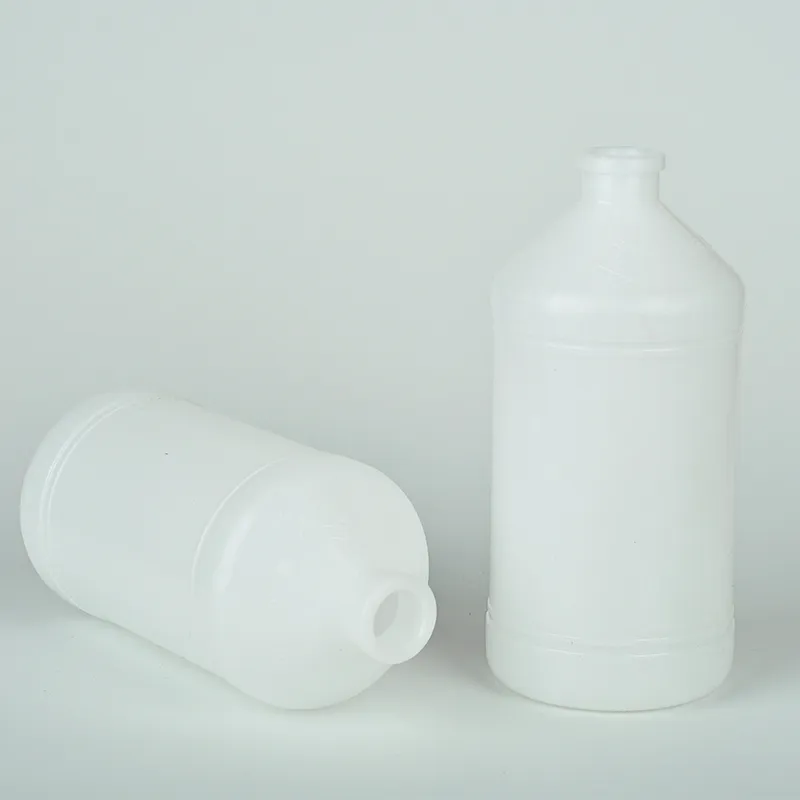
-
 Afrikaans
Afrikaans -
 Albanian
Albanian -
 Amharic
Amharic -
 Arabic
Arabic -
 Armenian
Armenian -
 Azerbaijani
Azerbaijani -
 Basque
Basque -
 Belarusian
Belarusian -
 Bengali
Bengali -
 Bosnian
Bosnian -
 Bulgarian
Bulgarian -
 Catalan
Catalan -
 Cebuano
Cebuano -
 Corsican
Corsican -
 Croatian
Croatian -
 Czech
Czech -
 Danish
Danish -
 Dutch
Dutch -
 English
English -
 Esperanto
Esperanto -
 Estonian
Estonian -
 Finnish
Finnish -
 French
French -
 Frisian
Frisian -
 Galician
Galician -
 Georgian
Georgian -
 German
German -
 Greek
Greek -
 Gujarati
Gujarati -
 Haitian Creole
Haitian Creole -
 hausa
hausa -
 hawaiian
hawaiian -
 Hebrew
Hebrew -
 Hindi
Hindi -
 Miao
Miao -
 Hungarian
Hungarian -
 Icelandic
Icelandic -
 igbo
igbo -
 Indonesian
Indonesian -
 irish
irish -
 Italian
Italian -
 Japanese
Japanese -
 Javanese
Javanese -
 Kannada
Kannada -
 kazakh
kazakh -
 Khmer
Khmer -
 Rwandese
Rwandese -
 Korean
Korean -
 Kurdish
Kurdish -
 Kyrgyz
Kyrgyz -
 Lao
Lao -
 Latin
Latin -
 Latvian
Latvian -
 Lithuanian
Lithuanian -
 Luxembourgish
Luxembourgish -
 Macedonian
Macedonian -
 Malgashi
Malgashi -
 Malay
Malay -
 Malayalam
Malayalam -
 Maltese
Maltese -
 Maori
Maori -
 Marathi
Marathi -
 Mongolian
Mongolian -
 Myanmar
Myanmar -
 Nepali
Nepali -
 Norwegian
Norwegian -
 Norwegian
Norwegian -
 Occitan
Occitan -
 Pashto
Pashto -
 Persian
Persian -
 Polish
Polish -
 Portuguese
Portuguese -
 Punjabi
Punjabi -
 Romanian
Romanian -
 Russian
Russian -
 Samoan
Samoan -
 Scottish Gaelic
Scottish Gaelic -
 Serbian
Serbian -
 Sesotho
Sesotho -
 Shona
Shona -
 Sindhi
Sindhi -
 Sinhala
Sinhala -
 Slovak
Slovak -
 Slovenian
Slovenian -
 Somali
Somali -
 Spanish
Spanish -
 Sundanese
Sundanese -
 Swahili
Swahili -
 Swedish
Swedish -
 Tagalog
Tagalog -
 Tajik
Tajik -
 Tamil
Tamil -
 Tatar
Tatar -
 Telugu
Telugu -
 Thai
Thai -
 Turkish
Turkish -
 Turkmen
Turkmen -
 Ukrainian
Ukrainian -
 Urdu
Urdu -
 Uighur
Uighur -
 Uzbek
Uzbek -
 Vietnamese
Vietnamese -
 Welsh
Welsh -
 Bantu
Bantu -
 Yiddish
Yiddish -
 Yoruba
Yoruba -
 Zulu
Zulu
Title for Sample Collection Tubes in Laboratory Use
The Importance of Sample Collection Tubes in Modern Diagnostics
Sample collection tubes are a fundamental component of modern medical diagnostics and research. These tubes come in various types, sizes, and colors, each specifically designed to fulfill different functions in the collection, storage, and transportation of biological samples. Understanding the significance of these tubes is essential for laboratory professionals, healthcare providers, and researchers alike.
The Importance of Sample Collection Tubes in Modern Diagnostics
The color coding of sample collection tubes plays a crucial role in standardizing laboratory practices. Each color signifies a specific additive or treatment that prepares the sample for its intended analysis. For instance, red-topped tubes typically contain no additives and are used for serum tests, while lavender-topped tubes contain EDTA, an anticoagulant, suitable for hematological tests. This system allows healthcare professionals to quickly identify the appropriate tube for each type of test and minimizes the risk of errors during sample collection and processing.
sample collection tube name

Beyond blood testing, sample collection tubes are also essential in the analysis of urine, saliva, and other bodily fluids. Urine collection cups, for instance, are designed to facilitate the collection and preservation of urine samples for various tests, including drug screening and metabolic assessments. Similarly, specialized tubes are used in microbiological testing to collect and stabilize samples for culture and sensitivity tests, contributing to the accurate diagnosis of infections.
In the realm of research, sample collection tubes are equally pivotal. They enable scientists to gather and analyze biological specimens in a controlled manner, whether for clinical trials, epidemiological studies, or basic research. The integrity of these samples is crucial for reproducibility and reliability in scientific findings, establishing the importance of using appropriate collection tubes tailored to the nature of the study.
Moreover, advancements in technology have led to the development of innovative sample collection devices that enhance the safety and efficiency of sample handling. Devices such as safety-engineered blood collection needles and self-sealing tubes help mitigate risks associated with bloodborne pathogens and user exposure, ensuring that the collection process is both safe and effective.
In summary, sample collection tubes are an integral part of the healthcare and research landscape. Their variety of designs, color coding, and additive functions underscore the meticulousness required in biological sampling. As medical science continues to evolve, the development of more efficient and effective sample collection tools will undoubtedly play a significant role in advancing diagnostic accuracy and improving patient care. Emphasizing the importance of proper sample collection and handling practices ultimately contributes to better health outcomes and supports the ongoing quest for scientific knowledge.
-
Premium 200ml Medicine Bottles – Leakproof Dropper & Spray Options at Best PriceNewsJul.05,2025
-
PTFE Centrifuge Tubes - Chemical Resistant, Leak-proof, Ideal for Laboratory UseNewsJul.05,2025
-
Premium Metal Dropper Bottle for Precise Dispensing 250ml & 1ml Options AvailableNewsJul.04,2025
-
20 ml Headspace Vials - High Quality Polyethylene & Plastic Vials for Lab UseNewsJul.04,2025
-
Small Bottle with Pipette - Precise Dispensing 100ml Pipette Bottles for Essential Oils & Lab UseNewsJun.24,2025
-
Acetic Anhydride Bottle for Accurate Dropper Measurement in Pharmacy Use High-Quality Dropper BottlesNewsJun.10,2025






















